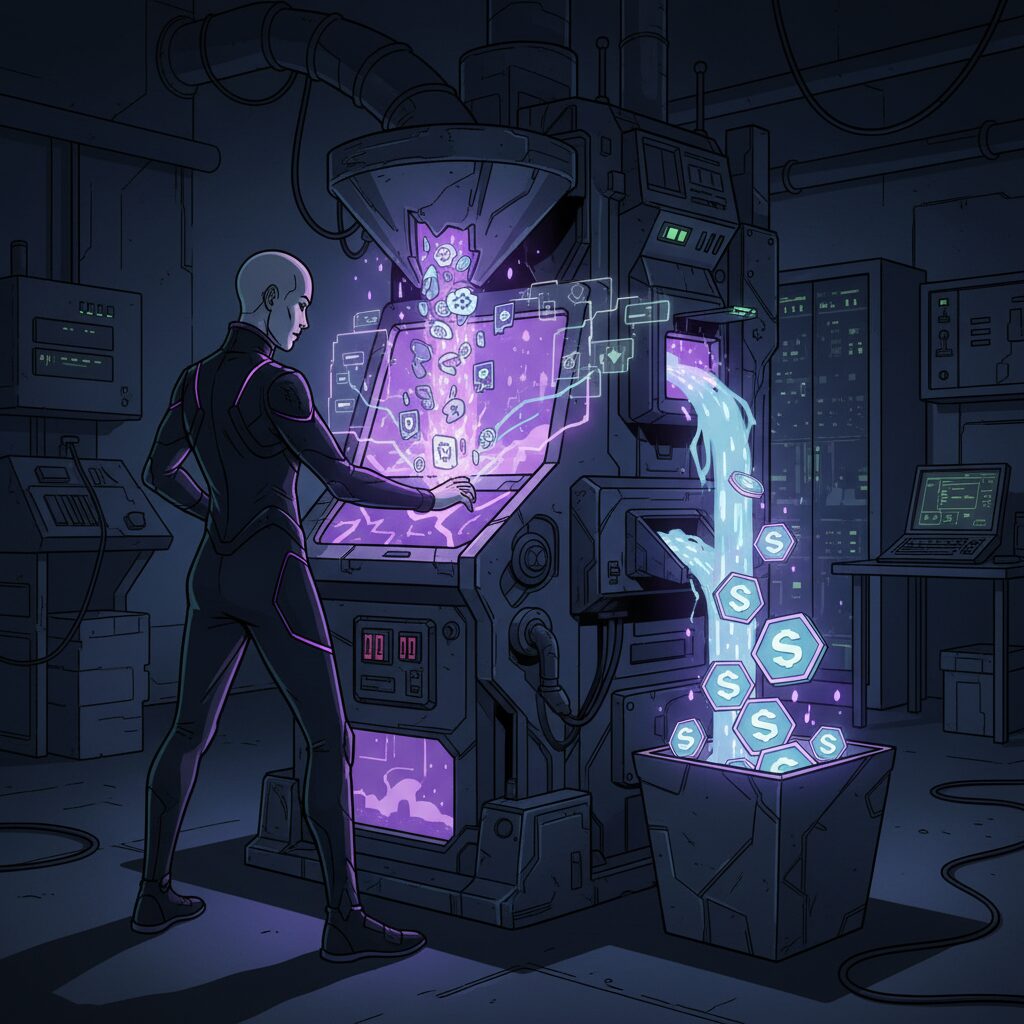Solana Proves Its Mettle During Widespread AWS Outage

Crypto Platforms Falter as Cloud Service Fails
An hours-long Amazon Web Services (AWS) outage on October 20th sent tremors through the digital economy, exposing vulnerabilities within the cryptocurrency sector. The disruption significantly impacted major platforms, including Coinbase’s Base, MetaMask, and Crypto.com, causing operations to nearly grind to a halt. Even non-custodial wallets, which give users direct control over their funds, were not immune to the widespread failure.
Solana’s Network Operates Without Disruption
While many prominent projects stumbled, the Solana (SOL) network remained fully operational. It recorded zero drop in throughput and maintained stable Transactions per Second (TPS) throughout the AWS incident. Validator participation was completely unaffected, allowing the blockchain to function flawlessly and positioning it ahead of Ethereum (ETH) Layer-2 networks that struggled due to their reliance on centralized cloud services.
Solana’s resilience stems from its diversified validator network and minimal dependence on a single cloud provider. The vast majority of its validators operate on independent hardware or alternative providers, with only a small fraction running on AWS. This decentralization of the physical infrastructure—not just the protocol layer—ensured network integrity held firm. The design of its Proof-of-History (PoH) consensus mechanism, which prioritizes high throughput and global validator distribution, was key to avoiding this central point of failure.
Resilience Boosts Market Confidence
The network’s strong performance appears to be bolstering institutional confidence. Following the outage, the total market cap of stablecoins circulating on the Solana network has once again climbed above the $15 billion mark. This sharp rise suggests that major players are increasingly viewing Solana as a reliable platform for launching new tokens, which could positively impact SOL’s price in the long term.
On-Chain Strength Meets Short-Term Chart Resistance
Despite the strong on-chain metrics and positive fundamental developments, SOL’s daily price chart presents a more cautious view. The asset’s price structure is forming a potential head-and-shoulders pattern, which is often associated with a bearish reversal. Furthermore, the price saw a sharp rejection at the $198 EMA resistance level, reinforcing a short-term bearish bias among technical analysts. While the long-term outlook remains bullish, a decisive break above this key resistance is needed to signal a return to a positive trajectory.
Disclaimer: The information provided in this article is for informational purposes only and does not constitute financial advice, investment advice, or any other sort of advice. You should not treat any of the website’s content as such. Always conduct your own research and consult with a professional financial advisor before making any investment decisions.











